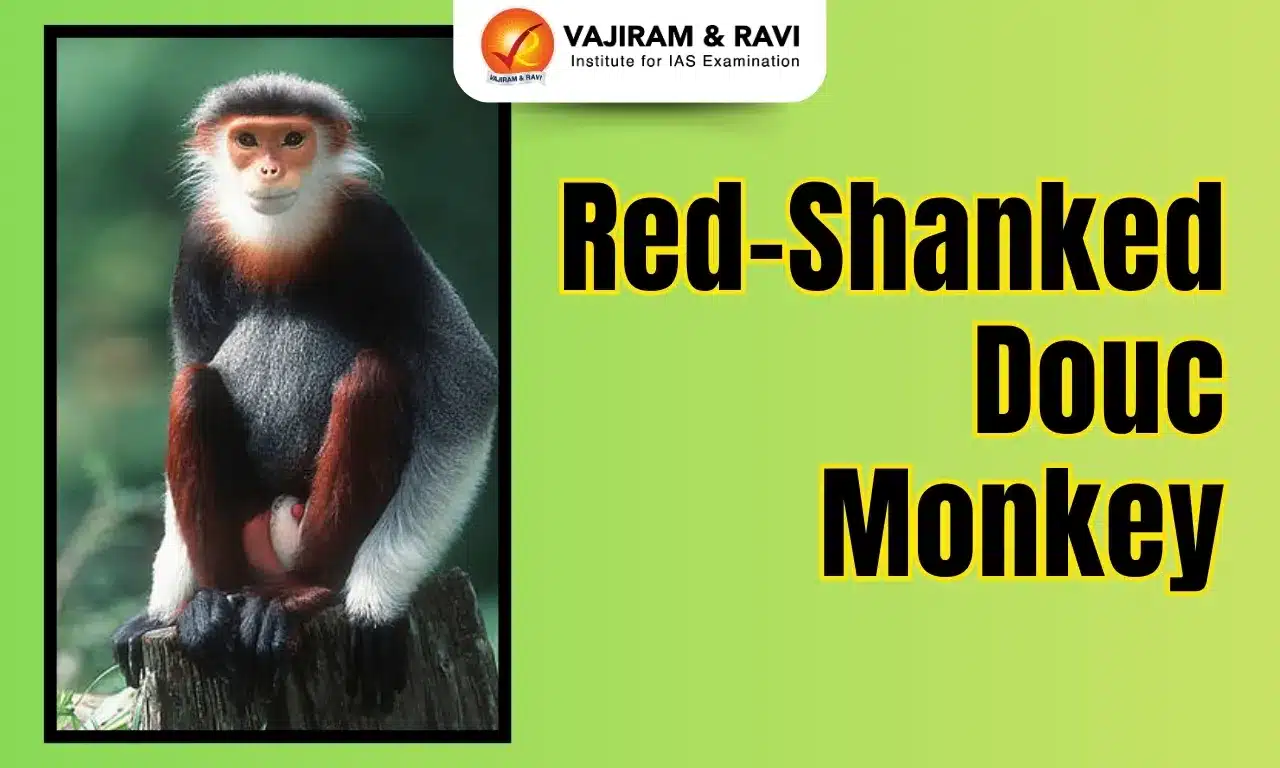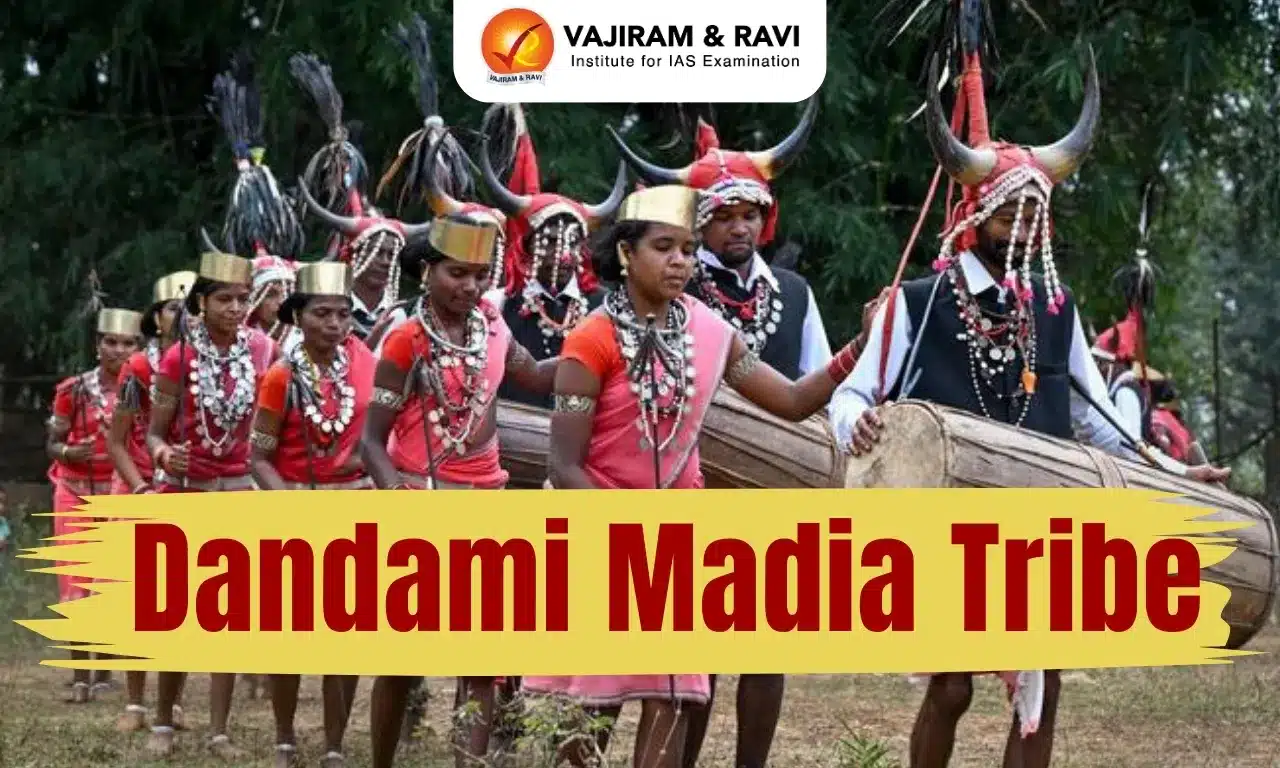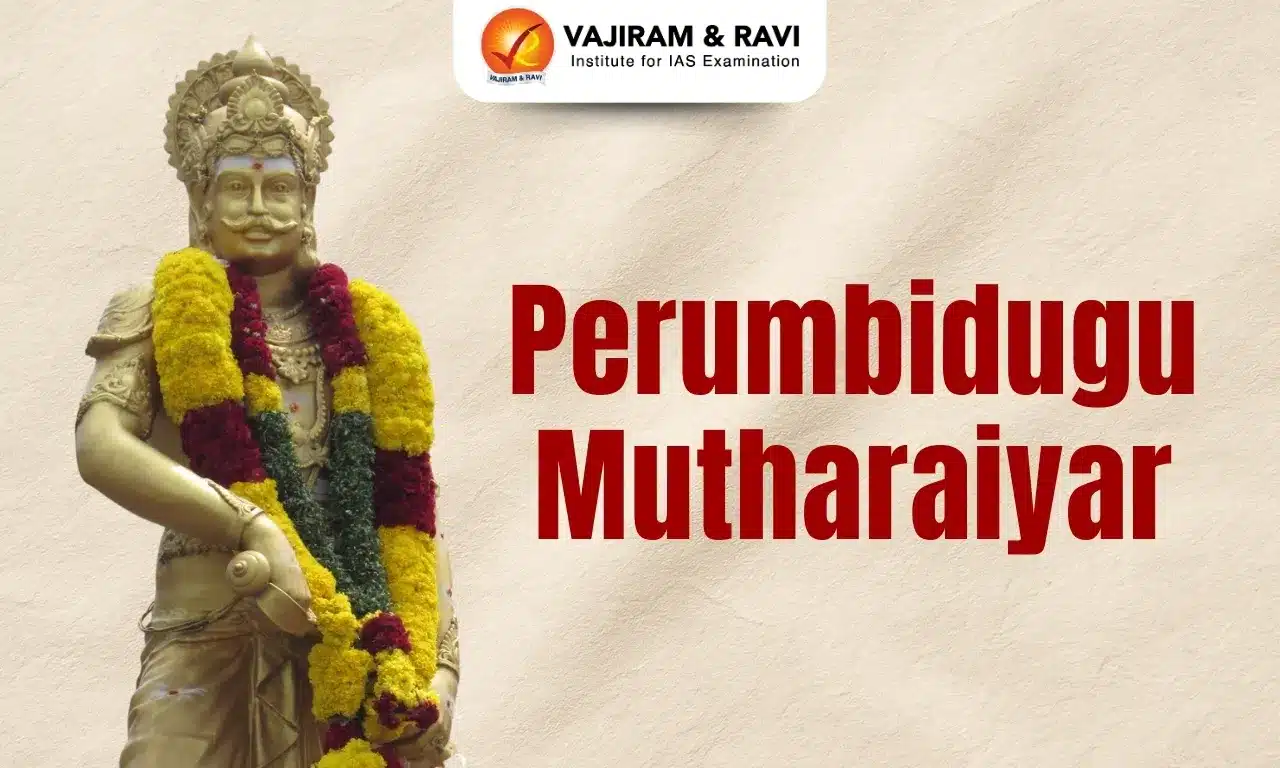About Indo- European Languages:
- The Indo-European Languages are a family of related languages that today are widely spoken in the Americas, Europe, and also Western and Southern Asia.
- The hypothesis that this was so was first proposed by Sir William Jones, who noticed similarities between four of the oldest languages known in his time: Sanskrit, Latin, Greek, and Persian.
- The common ancestral (reconstructed) language is called Proto-Indo-European (PIE), which is no longer spoken.
- There is disagreement as to the geographic location where it originated from, with Armenia and the area to the north or west of the Black Sea being prime examples of proposed candidates.
- The Indo-European family of languages is the second-oldest in the world, only behind the Afroasiatic family (which includes the languages of ancient Egypt and early Semitic languages).
- It has the largest number of speakers of all language families as well as the widest dispersion around the world.
- The various subgroups of the Indo-European family include:
- Indo-Iranian languages (includes Sanskrit, Hindi, Bengali, Persian etc.)
- Italic languages (including Latin and its descendants, the Romance languages)
- Germanic languages
- Celtic languages
- Baltic languages
- Slavic languages
- Illyrian languages (extinct)
- Albanian language (and extinct cousins)
- Anatolian languages (extinct, most notable was the language of the Hittites)
- Tocharian languages (extinct tongues of Tocharians)
- Greek language
- Armenian language
- Some of the most commonly spoken Indo-European Languages in the modern world are Spanish, English, Hindustani, Portuguese, Russian, Punjabi, and Bengali.
Q1) Who are Hittites?
Hittites were members of an ancient Indo-European people who appeared in Anatolia (also known as Asia Minor, modern-day Turkey) at the beginning of the 2nd millennium BCE. The Hittite economy was based on agriculture, with the main crops being emmer wheat and barley. Although their civilization thrived during the Bronze Age, the Hittites were the forerunners of the Iron Age and were manufacturing iron artifacts from as early as the 14th century BCE. The Hittites were famous for their skill in building and using chariots.
Source: New Indo-European language discovered during excavation in Turkey
Last updated on December, 2025
→ Check out the latest UPSC Syllabus 2026 here.
→ Join Vajiram & Ravi’s Interview Guidance Programme for expert help to crack your final UPSC stage.
→ UPSC Mains Result 2025 is now out.
→ UPSC Notification 2026 is scheduled to be released on January 14, 2026.
→ UPSC Calendar 2026 is released on 15th May, 2025.
→ The UPSC Vacancy 2025 were released 1129, out of which 979 were for UPSC CSE and remaining 150 are for UPSC IFoS.
→ UPSC Prelims 2026 will be conducted on 24th May, 2026 & UPSC Mains 2026 will be conducted on 21st August 2026.
→ The UPSC Selection Process is of 3 stages-Prelims, Mains and Interview.
→ UPSC Result 2024 is released with latest UPSC Marksheet 2024. Check Now!
→ UPSC Prelims Result 2025 is out now for the CSE held on 25 May 2025.
→ UPSC Toppers List 2024 is released now. Shakti Dubey is UPSC AIR 1 2024 Topper.
→ UPSC Prelims Question Paper 2025 and Unofficial Prelims Answer Key 2025 are available now.
→ UPSC Mains Question Paper 2025 is out for Essay, GS 1, 2, 3 & GS 4.
→ UPSC Mains Indian Language Question Paper 2025 is now out.
→ UPSC Mains Optional Question Paper 2025 is now out.
→ Also check Best IAS Coaching in Delhi

















